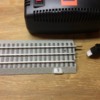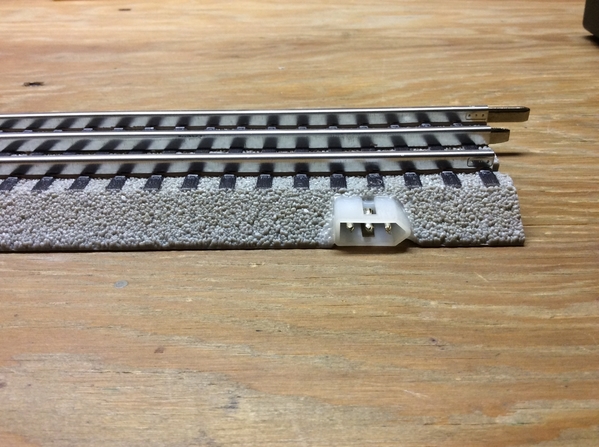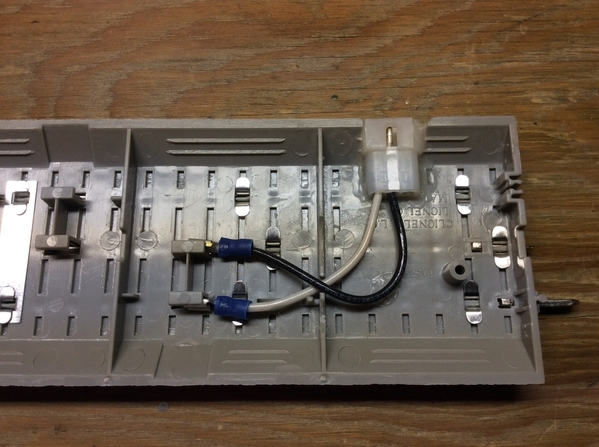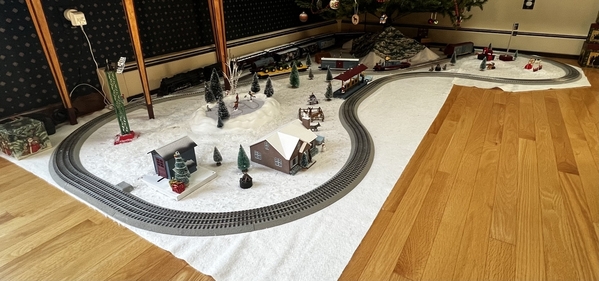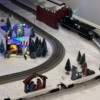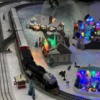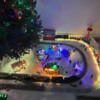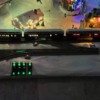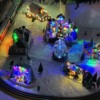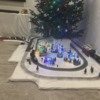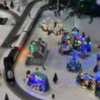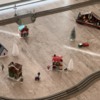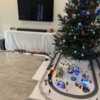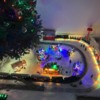Ok, I've been getting into this slowly. Started with Mickey's Holiday to Remember Set. It comes with a 54W wall pack power supply. I also bought a 72-Watt power supply 4 amp. Both are obviously DC.
This year I'm running a 4.5 x 8.5" outer loop. See images below. I can tell you that my 54 W power pack runs everything very well. There are couple places where the trains have issues but I think that's because the tracks are connected well (due to my own mistakes but that is another story). I could easily run more tracks or install a block and add a second DC power source to run more track. I don't think powering additional trains or track is a major reason for switching to AC at this point.
However, I can see wanting to use some O Scale legacy locomotives or wanting to power some accessories that seem to only use AC power. I really want to get something like this operating freight terminal. I want to keep my setup Christmas themed but Lionel has many operating accessories where they just put a Christmas theme on it. Eventually I'm going to do a snow village, etc. I've been looking at the manual and it looks like it needs AC power.
I'm also adding some uncoupling tracks....(I'm going to try them to see how it works). However, I think those will actually use DC power.
Is anybody running DC power only? And when you switch to AC, what is the best Lionel transformer to use? And how do you operate the Lionel Lionchief/Plus/2.0 locomotives using the bluetooth apps while the track is powered?











